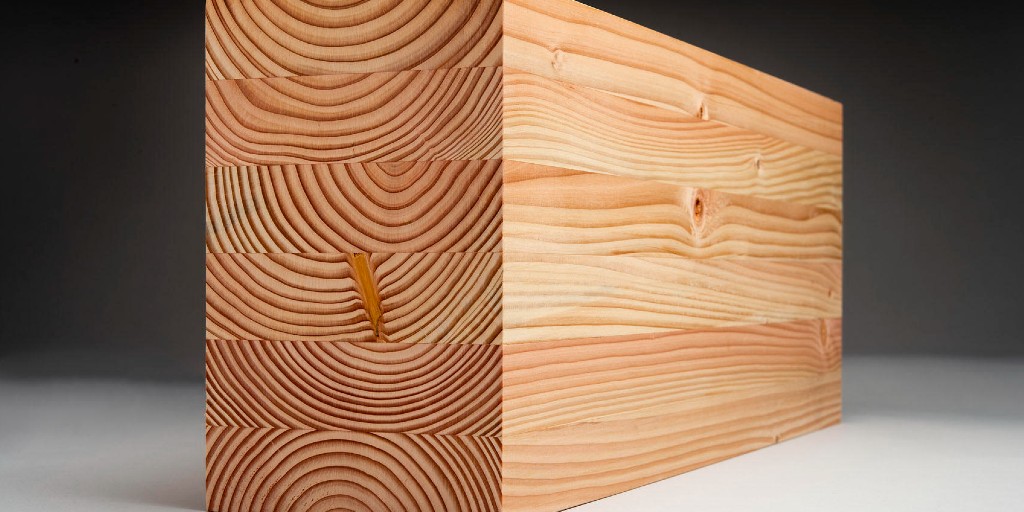
Paper: Timber strength variation due to establishment density — can grading cope with it?
Our partners from the Technical University of Munich have published the scientific publication (non-open access) “Timber strength variation due to establishment density — can grading cope with it?” in the Forestry Journal.
This paper is connected to the ONEforest work package "Requirements of the stakeholders and societal demands".
The study combines the management of forest stands with wood quality of sawn timber. Controlling stand density can mitigate the negative effects of dry periods on tree growth or resilience caused by climate change. Detailed information at tree and stand-level coupled with suitable statistics are the prerequisites to demonstrate the influence of the initial stand density on timber stiffness and strength. Silviculture has a minor impact on strength, but axial and radial board location in the tree, as well as the selection of the weakest region within a board, are responsible for a considerable portion of the strength variance at the sawn timber level.
Ungraded boards have varying strength distributions based on planting density, which is reflected in different yields, according to the study. When the boards are graded, the initial distribution is split into distinct distributions, resulting in larger strength values in the higher classes. The study demonstrates that the strength criteria of strength classes are not reached with low initial stand densities of 1000 trees per hectare. Good strength models or grading combinations, on the other hand, can somewhat compensate for not meeting the strength standards.
The case study focused on Douglas-fir, but the findings should apply to other softwoods as well.
Find the scientific publication here.
https://doi.org/10.1093/forestry/cpac016

